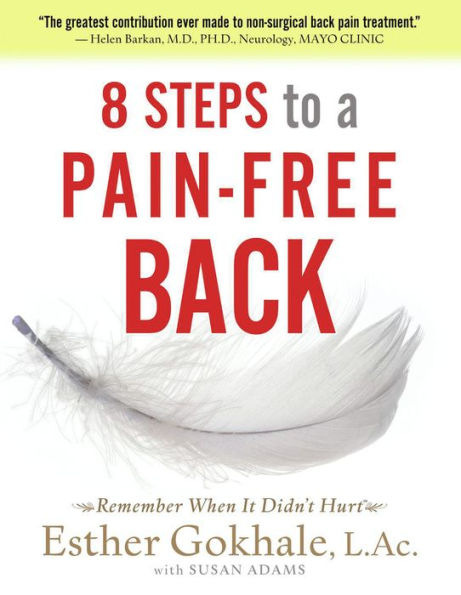5
1

8 Steps to a Pain-Free Back: Natural Posture Solutions for Pain in the Back, Neck, Shoulder, Hip, Knee, and Foot
244
8 Steps to a Pain-Free Back: Natural Posture Solutions for Pain in the Back, Neck, Shoulder, Hip, Knee, and Foot
244Paperback
$29.95
29.95
In Stock

Product Details
| ISBN-13: | 9780979303609 |
|---|---|
| Publisher: | Pendo Press |
| Publication date: | 04/01/2008 |
| Pages: | 244 |
| Sales rank: | 219,004 |
| Product dimensions: | 8.50(w) x 11.00(h) x 0.70(d) |
About the Author
From the B&N Reads Blog
